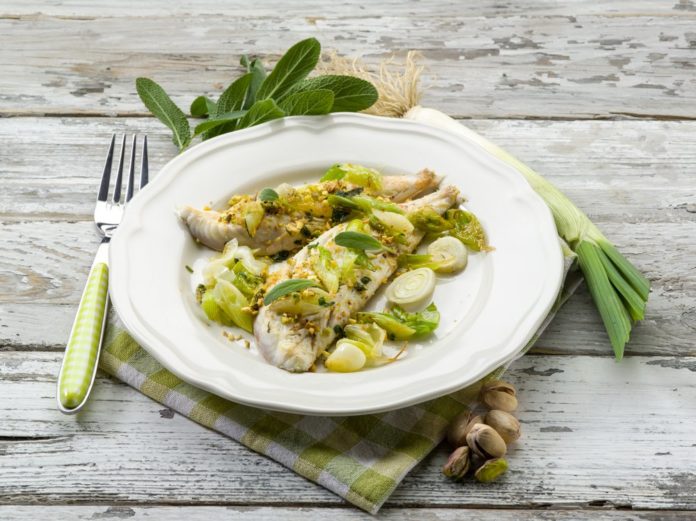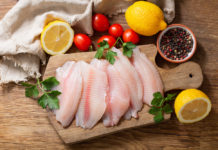For some people, cooking fish at home can be a bit of a culinary enigma. As anyone who has ever attempted a particularly advanced recipe can attest, there is certainly an art to the process. Fish are notoriously delicate and different types of fish recipes require vastly different preparation and cooking methods.
While cooking seafood might seem intimidating at first, creating the perfect fish dish at home is actually surprisingly easy once you’ve mastered a few basic skills. So, throw on your apron and sharpen those knives. These six tips will have you cooking delicious fish in no time at all.
Research Ingredient Pairings
Look for recipes incorporating your favorite type of fish and take note of any apparent patterns for top-rated recipes. For example, Tilapia recipes often highlight the use of citrusy ingredients like lemon juice, as well as butter, cheese and other creamy components. Being such a mild fish though, Tilapia pairs well with almost any flavor combination, making it a highly versatile choice. It’s also worthwhile considering what side dishes to serve with your fish, as a meal is only as good as the sum of its parts.
Shop for Quality Fish

If you aren’t cooking with good quality ingredients, no amount of culinary skills will save the dish. When shopping for fish, choose fillets that don’t smell overly fishy and that appear firm in texture. Fresh Tilapia fillets from Regal Springs are readily available across the U.S., making them an easily found source of high quality lean protein.
Prioritize Defrosting Frozen Fish
When cooking frozen fish, it’s essential to plan ahead and defrost fillets in the fridge the night before or at least a few hours before cooking for optimal taste and texture. Some frozen fish recipes will insist that you add a marinade or spice rub to the fish while it’s defrosting while others suggest waiting until the fish is completely defrosted before marinating, so you’ll need to remember to factor this step into your preparation.
Use the Right Equipment
What you’re using to cook your seafood matters. Using improper or outdated equipment and utensils can lead to fish cooking unevenly, which will ruin all of your hard work preparing the fish. Some of our favorite seafood cooking accessories include fish baskets, cast-iron pans and a trusty thermometer. These tools will help ensure your fish is cooked perfectly each and every time.
Follow Recipe Instructions

It’s important to follow recipe instructions if you want to ensure the perfect end result, as when it comes to fish, exact cooking times and temperatures matter. Similarly, recipes using marinades or spice rubs typically suggest a wide range of application techniques. Take note and watch the clock, as some marinades require only a brief time to flavor fish before the texture becomes compromised.
Many seafood recipes suggest cooking a fillet for a specified time on the stove-top before flipping. Though it might be tempting to flip fillets more often or earlier than mentioned, doing so can cause fish skin to stick to the pan or make fillets more susceptible to overcooking or undercooking.
Try Using Different Cooking Methods
Fish can be cooked a variety of ways, and different types of fish will flourish when different cooking methods are used. Do your research and learn how to properly cook your favorite fish using a specific style, whether that’s poaching, grilling, baking or pan frying. Not only will you easily find an array of readily available instructions for cooking different seafoods, you’ll also discover that cooking times and temperatures vary depending on the type of fish.
As when trying anything new, think of cooking seafood as a learning process. While playing around with ingredients and flavors is one of the most fun aspects of cooking, it’s important to master the basics before getting too experimental. By following the steps laid out above, you’re guaranteed to soon be adding your own twists to your favorite recipes. Learning to properly prepare fish opens up a whole new world of culinary opportunities.
Learn more about the importance of sourcing quality fish in Seafood Fraud: How to Get What You Pay For.
Photo Credits: marco mayer / Shutterstock Inc., Gayvoronskaya_Yana / Shutterstock Inc., Anna Hoychuk / Shutterstock Inc.






